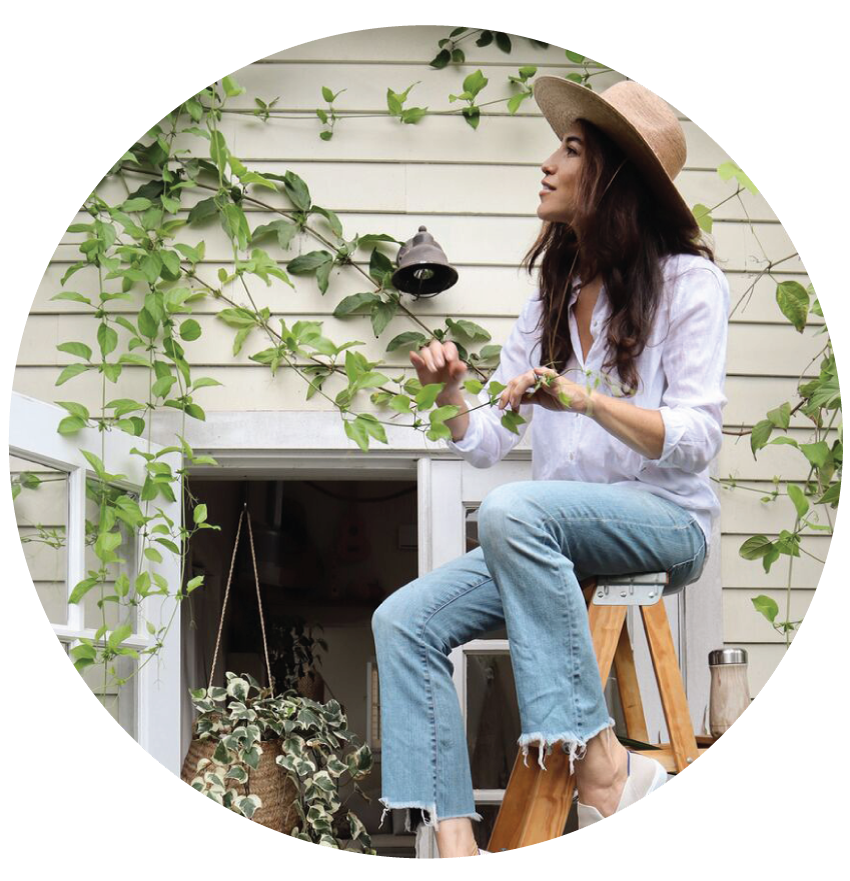Cloth Diapering
Now that West is well into his toddler phase, we've revised our diapering habits here at the cottage. A few things have proven crucial for us, so I'm sharing what we've learned in case it helps anyone else. Almost always, we use cloth diapers from Grovia.
The heroes of our simple system are as follows:
BioLiners - BioLiners are amazing. They're similar in size/weight/form to a dryer sheet, and they catch solids, which makes cleaning West's cloth diapers so easy. (I won't even use a cloth diaper without the liner.) We just toss the used liners into our small diaper pail.
Musical Greeting Cards - YES. HEAR ME OUT ON THIS! West frequently flails around like a maniac when we're changing his diaper. Musical greeting cards have been the best way to keep him entertained and engaged during changing sessions without handing him an iPad or iPhone. (We're not big fans of screens here.) When he gets tired of a certain card, we just remove the music box and toss the paper into the recycling bin. (Downside: we get the worst songs stuck in our heads. The number of times I've caught Adam humming the hamster song as he cooks is ridiculous.)
Gathre Mats - We use several Gathre Mats every day, one of which is reserved as West's changing surface. We use it on our bed and it works perfectly. Since there's no safety belt, we never leave our son unattended.
Coconut Oil - West had a horrible diaper rash during a stretch of time when we stopped using cloth diapers. (We hadn't been using the BioLiners yet, and it was getting to be a hassle without them. Once I discovered the liners, I really regretted using disposable diapers.) Our son's doctors prescribed 3 different ointments for his skin, but none of them worked for more than a day or two. But safe and natural coconut oil (with cloth diapering) helped the rash go away-- and stay away-- within 2 or 3 days.
Wet Bags - We try to wash the worn diapers every 2 days. In the stretch of time between laundry loads, we keep used diapers in hanging wet bags.
Snap-In Soaker Pads - We do use pre-fold cloths in West's diaper shells, but I prefer the snap-in soaker pads. They're less likely to bunch up or slide down when West is particularly wiggly.
As an important side note, it's estimated that disposable diapers make up over 2% of the garbage in American landfills each year-- that's millions of tons! One of the key criticisms of cloth diapers is that they require an increase in water to wash. Parts of cloth diapers must be washed after every use, but you can reuse shells from hybrid diapers, depending on the circumstance. If you use about the same amount of water as the average American household, washing diapers could account for up to 5% of your total water use.Washing diapers is relatively efficient when you compare it to how much water is required to produce products.
Looking for more conservation tips to apply in and around your home? This wonderful graphic from Arhaus has some easy, helpful suggestions. Their philanthropy page contains links to even more info.








